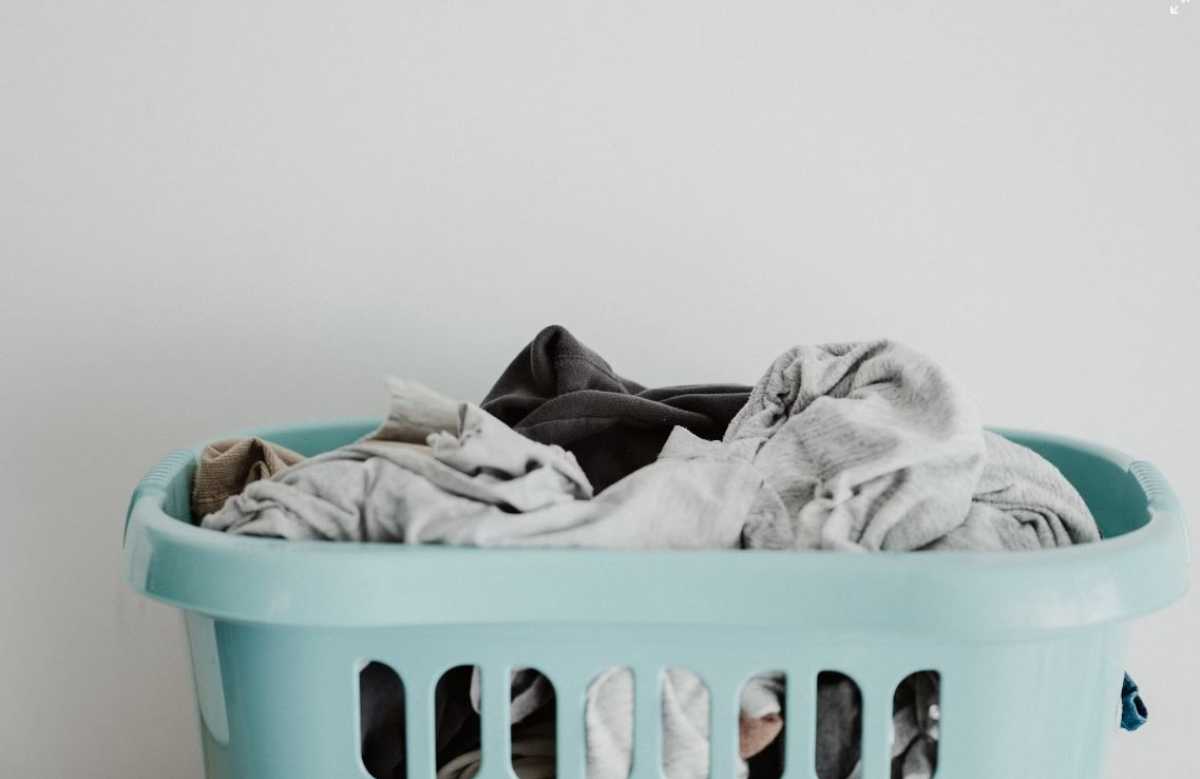Solutions For When Your Washer And Dryer Aren't Working
- - Category: Tools & Equipment
- - 26 Feb, 2024
- - Views: 62
- Save

Here are steps to take when your washer and dryer stop working.
We've all been there - you're in the middle of doing laundry and suddenly your washer or dryer decides to stop working. It's frustrating and can throw a wrench in your daily routine. But don't worry, there are solutions to help you troubleshoot and hopefully fix the issue on your own. In this blog post, we'll cover some common problems that may arise with your washer and dryer, along with some tips and tricks to try before calling in a professional.
Check the Power Source
The first thing to do when your washer or dryer isn't working is to check the power source. Make sure the machine is plugged in properly and that the outlet is working. Sometimes a simple power issue can be the cause of the problem. If everything seems to be in order, check the circuit breaker to see if it has been tripped. Resetting the circuit breaker may solve the issue and get your machine up and running again.
Inspect the Water Supply
If your washer isn't filling with water or your dryer isn't drying properly, it could be a problem with the water supply. Check the water hoses connected to your washer to make sure they aren't kinked or leaking. For dryers, make sure the vent hose is free of lint and debris, as a clogged vent can prevent proper airflow and drying. Cleaning or replacing the hoses and vent can help resolve the issue and improve the performance of your machines.
Clean the Filters and Drains
Over time, lint, debris, and soap scum can build up in the filters and drains of your washer and dryer, causing them to work less efficiently. Check and clean the filters in your washer and dryer regularly to prevent clogs and improve performance. For washers, also check the drain pump filter and remove any blockages. A well-maintained machine will work better and last longer, saving you time and money in the long run.
Run Diagnostic Tests
Most modern washers and dryers come equipped with diagnostic tests that can help identify and troubleshoot issues. Refer to your machine's manual for instructions on how to run diagnostic tests specific to your model. These tests can help pinpoint the problem and guide you on what steps to take next. In some cases, a simple reset or recalibration may be all that's needed to get your machines back in working order.
Know When to Call a Professional
If you've tried all the troubleshooting tips and your washer or dryer still isn't working, it may be time to call in an appliance repair professional. A qualified technician can diagnose and repair more complex issues that may be beyond your expertise. Don't try to fix the problem yourself if you're unsure or if it involves electrical or mechanical components. It's better to be safe than sorry and avoid causing further damage to your machines.
Dealing with a malfunctioning washer or dryer can be a hassle, but with these troubleshooting tips, you can hopefully solve the issue and get back to your laundry routine in no time. Remember to check the power source, inspect the water supply, clean the filters and drains, run diagnostic tests, and know when to call a professional for help. By taking proactive steps to maintain and care for your machines, you can prevent problems from occurring and keep your washer and dryer running smoothly for years to come.

